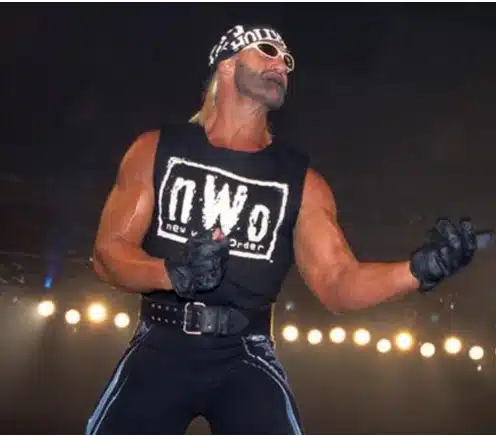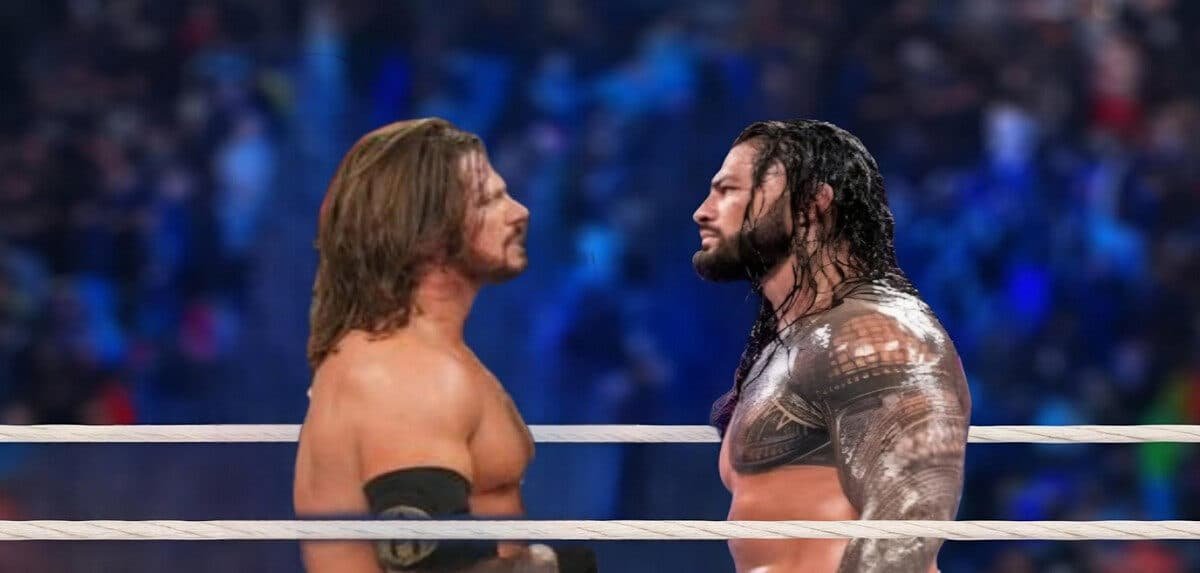Professional wrestling’s “gimmick” system transforms athletic competition into theatrical entertainment through carefully constructed personas that serve as heroes (faces) or villains (heels). These exaggerated characters—from patriotic champions to foreign menaces—provide narrative structure for predetermined storylines, enabling emotional investment that transcends mere athletic performance. Successful gimmicks reflect genuine aspects of wrestlers’ personalities while following proven formulas that recycle through wrestling history. Character development drives match dynamics, merchandise sales, and audience engagement, determining which performers achieve lasting success and industry influence.
The Foundation and Function of Wrestling Personas
Professional wrestling’s transformation from legitimate athletic competition to theatrical entertainment hinged on one essential innovation: the systematic development of larger-than-life personas that could captivate audiences beyond mere athletic prowess.
These personas, known as “gimmicks” within the industry, serve multiple interconnected functions that form wrestling’s commercial foundation. They provide a clear narrative structure by establishing heroes (“faces”) and villains (“heels”), creating emotional investment that transcends athletic performance. The careful crafting of these personas requires wrestling artistry that combines character development, storytelling, and performance skills to create believable and compelling characters.
Television amplified this evolution, demanding visually striking characters with dramatic traits that translated effectively to screens. The persona system enables promotions to build sustained storylines, launch merchandise campaigns, and attract mainstream attention. Characters like Sting transformed from franchise players into avenging angels through dramatic narrative shifts that deepened audience engagement. This entertainment-focused approach became solidified by the 1920s when wrestling officially split into competitive sport and choreographed performance categories.
Each gimmick combines backstory, visual presentation, signature moves, and behavioral quirks into a cohesive character that audiences can immediately identify and emotionally connect with during matches.

Classic Character Types That Define the Ring
Wrestling’s most enduring characters emerged from a surprisingly limited toolkit of archetypal personas that promoters refined across decades of audience testing.
Heroes typically fell into five distinct categories: the integrity-driven cowboy exemplified by Dusty Rhodes, the patriotic All-American champion, the sympathetic underdog overcoming impossible odds, the high-energy showman like The Ultimate Warrior, and the rural hillbilly connecting with regional audiences.
Villains operated from equally predictable templates.
Foreign menaces like The Iron Sheik exploited geopolitical tensions for instant heat. Corrupt authority figures abused power to incite crowd hostility.
Betrayers transformed beloved heroes into despised traitors, as exemplified by Hollywood’s Hulk Hogan. Monster heels like Kane dominated through sheer physical intimidation, while wealthy aristocratic snobs created natural class-based rivalries that resonated across demographic lines. Behind the scenes, this elaborate character work relies heavily on predetermined storylines that writers craft months in advance to maximize emotional investment.
The television era fundamentally changed how these character archetypes reached audiences, transforming wrestling presentation into a true performance art that prioritized entertainment value over pure athletic competition. This shift toward sports entertainment created new revenue opportunities but fundamentally altered the emotional connection between wrestlers and their audiences.
How Gimmicks Transform and Recycle Through Wrestling History
While other entertainment industries constantly chase originality, professional wrestling thrives on deliberate repetition, transforming successful character formulas across generations with calculated precision.
The 1980s birthed cartoonish personas like The Ultimate Warrior and The Iron Sheik, designed for mainstream appeal. These exaggerated characters dominated until the post-Attitude era shifted toward realistic portrayals using wrestlers’ actual names and personalities. Randy Orton and John Cena exemplify this evolution from fantasy to authenticity.
Promotions strategically revive legacy gimmicks to capitalize on established fan bases while connecting different wrestling generations. Masked wrestlers, monster characters, and patriotic heroes resurface cyclically, reflecting audience preferences. Elite stables like Evolution demonstrate how successful formulas blend veteran experience with emerging talent to create compelling multi-generational storylines. Wrestling’s emphasis on ground control techniques has evolved from traditional mat-based wrestling to incorporate modern submission holds that enhance both authenticity and entertainment value.
Repackaging breathes new life into stagnant careers—Batista’s transformation from “Deacon” to serious competitor demonstrates successful character evolution. Similarly, innovative match stipulations like the Hell In A Cell and Elimination Chamber recycle and evolve the foundational Steel Cage concept to create fresh entertainment experiences. This recycling maintains wrestling’s historical continuity while adapting to contemporary storytelling demands.
The Power of Character in Storytelling and Match Dynamics
Character serves as the fundamental engine that powers every aspect of professional wrestling, from initial storyline conception to the final bell of a match. Believable personas enable audiences to suspend disbelief and become emotionally invested in predetermined outcomes. These distinct characters dictate in-ring psychology, pacing, and strategic decisions that drive match dynamics forward.
Promoters prioritize entertainment value when selecting talent, understanding that character development directly impacts booking potential and career longevity. Face-heel dynamics create clear expectations for crowd reactions, while character-driven conflicts raise stakes and generate higher fan investment. Wrestlers utilize promotional monologues to develop their personas further and advance ongoing storylines between matches.
Modern promotions increasingly utilize analytics to supplement character narratives, with statistics reinforcing storytelling elements like resilient underdogs versus dominant powerhouses. Authenticity remains essential—characters built on genuine personality aspects resonate longer with audiences, fostering deeper connections that translate into merchandise sales and sustained engagement. Characters who convey themes of triumph through their journey create the most compelling narratives that keep audiences returning week after week. Successful wrestlers must embrace continuous character evolution to maintain relevance and adapt to changing audience expectations throughout their careers.
When Gimmicks Succeed, Fail, and Shape the Industry
How dramatically can a single character concept transform not just an individual career, but an entire industry?
Wrestling history demonstrates that gimmicks possess extraordinary power to drive mainstream success or career destruction. Hulk Hogan’s larger-than-life persona sparked wrestling’s first mainstream boom, while The Undertaker’s supernatural character sustained decades of relevance.
These iconic gimmicks transcended athletic ability, creating lasting cultural impact. Successful character evolution, exemplified by The Rock and Triple H, can revitalize careers and generate greater stardom. The most compelling personas weave storytelling elements throughout their performances, creating emotional investment that extends far beyond individual contests.
Conversely, outdated or generic gimmicks lead to frequent repackaging and shortened careers. Wrestling’s shift from cartoonish personas to complex characters reflects evolving audience preferences.
Gimmicks drive merchandise sales, event attendance, and media coverage, proving their business significance. Some wrestlers, like Charles Wright, endured multiple failed attempts before finding success with the Godfather character. The phenomenon extends beyond individual personas, as gimmicks can embody good guys, bad guys, or a mix of both, depending on storyline needs. Ultimately, audience connection determines success—one compelling character can cement decades of stardom.
Frequently Asked Questions
How Much Creative Input Do Wrestlers Have in Developing Their Gimmicks?
Wrestler creative input varies considerably across promotions and career stages.
Established performers with proven track records typically enjoy substantial influence over their personas, while newcomers often receive assigned characters from creative teams.
Independent promotions generally allow more wrestler autonomy than major corporations like WWE, which centralize creative control.
Successful gimmicks usually emerge from collaboration between performers and management, requiring the wrestler’s buy-in to resonate authentically with audiences.
Do Wrestlers Stay in Character During Backstage Interactions With Other Performers?
Wrestlers typically drop their personas during private backstage interactions, focusing instead on professionalism and collaboration.
Character work becomes secondary to coordinating choreography, discussing safety, and maintaining respectful relationships with colleagues.
However, when cameras roll for televised backstage segments, strict character immersion is required. Some performers may voluntarily stay in character as a personal choice, but most professionals separate their gimmick from genuine backstage conduct.
What Happens When a Wrestler Refuses to Portray an Assigned Gimmick?
Wrestling promotions typically impose severe consequences when performers refuse assigned gimmicks.
Management may reduce screen time, demote wrestlers, or terminate contracts entirely. The Honky Tonk Man’s WCW firing exemplifies this harsh reality.
Standard contracts include creative compliance clauses, giving promotions broad authority over character presentation. Wrestlers risk being labeled “difficult,” potentially damaging future opportunities.
However, some gain respect for defending artistic integrity, though successful resistance remains rare.
How Do Wrestling Companies Legally Protect Gimmick Intellectual Property and Trademarks?
Wrestling companies secure gimmick intellectual property through extensive trademark registration covering names, catchphrases, costumes, and character elements.
Talent contracts typically assign ownership to the company from the start of employment.
Companies enforce protection via cease-and-desist letters and litigation against unauthorized use.
Legal safeguards enable exclusive merchandising and licensing deals, preventing competitors from exploiting company-developed personas and creating valuable revenue streams while maintaining brand control.
Can Wrestlers Take Their Gimmicks With Them When Switching Wrestling Promotions?
Wrestlers typically cannot take their gimmicks when switching promotions due to intellectual property ownership.
Wrestling companies retain rights to characters they create or heavily develop, forcing departing wrestlers to rebrand.
However, wrestlers who developed their personas independently before signing often retain those rights.
Generic archetypes can be adapted with slight modifications, while unique company-created gimmicks remain strictly controlled through trademarks and contractual agreements.

